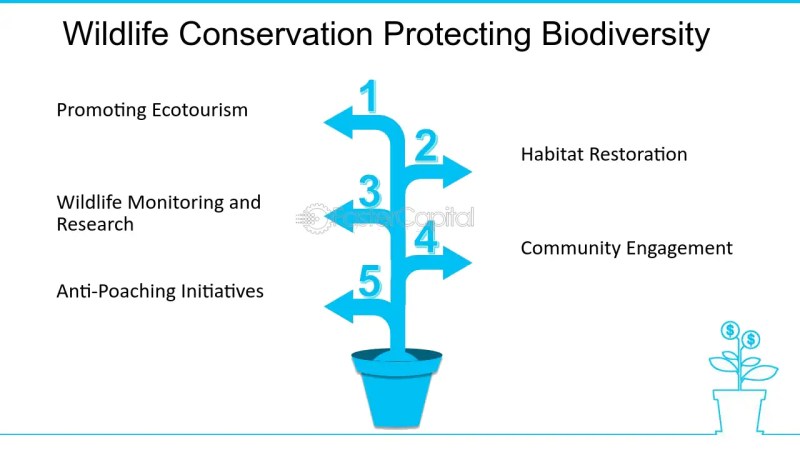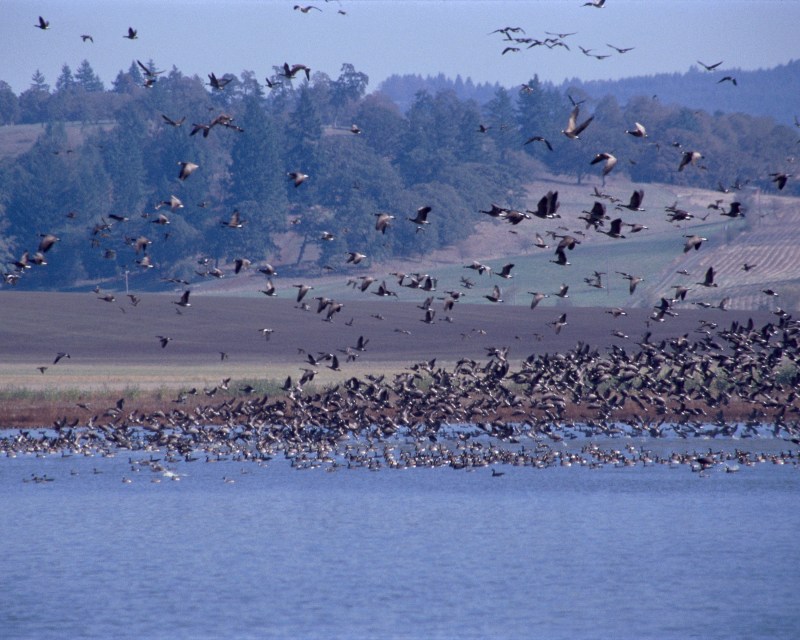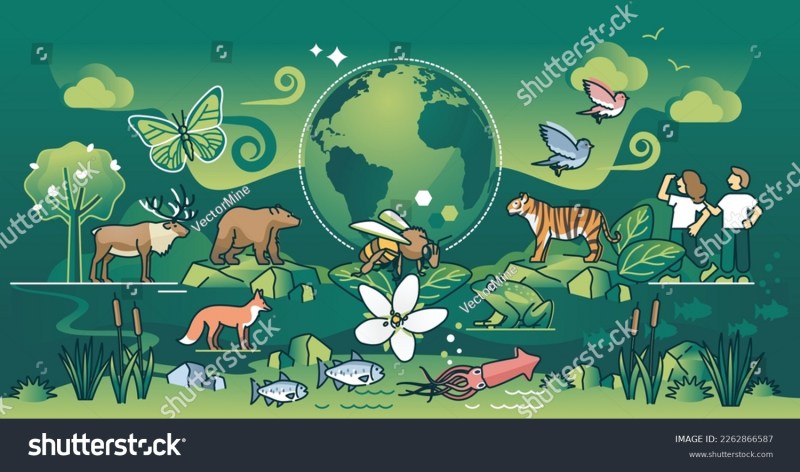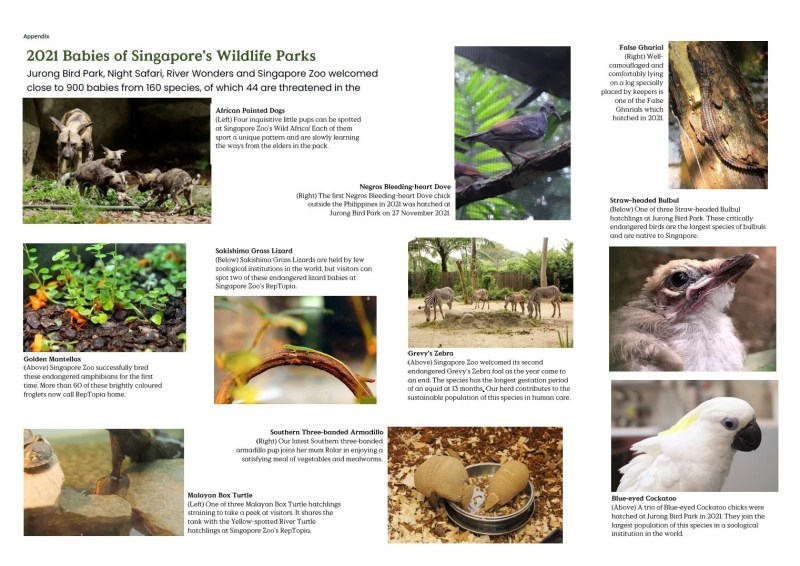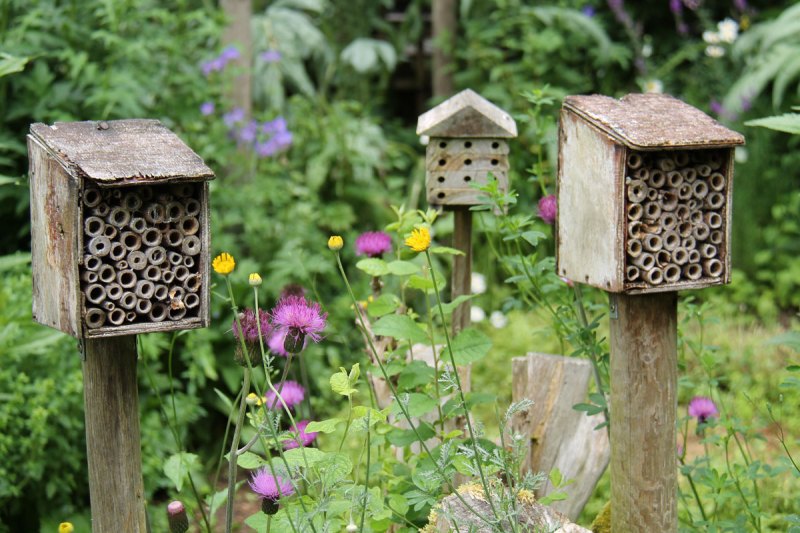Wildlife Conservation Initiatives – With the topic “Connecting People and the Planet: Exploring Digital Innovations in Context,” the globe will observe globe Conservation Day on March 3, 2024. It is important to consider the critical role that digital technologies play in wildlife conservation. This issue emphasizes the value of digital technologies and how they may be applied to sustainable management, wildlife conservation, and the promotion of peaceful coexistence between people and animals. The introduction of digital tools has created new opportunities for conservation efforts as we navigate an increasingly interconnected world. These opportunities allow us to break through traditional barriers and give nations like Ghana an equal chance to demonstrate the potential of digital technologies in managing their natural resources sustainably.
Table of Contents
ToggleThe Digital Revolution in Wildlife Conservation
The incorporation of technology into conservation methods in the current digital era has resulted in notable progress. Collars and transmitters with the Global Positioning System (GPS) are now essential instruments for tracking and keeping an eye on animal populations. With the use of these tools, conservationists may gather vital information on animal behavior, migration patterns, and habitat utilization, which is essential for safeguarding endangered species. In Ghana, where conservationists are increasingly using digital techniques to strengthen their efforts to safeguard the rich biodiversity of the nation, the employment of such technology is especially pertinent.

The emergence of citizen science in animal conservation is a very promising trend, mostly because to the widespread use of digital platforms and mobile devices. By gathering and disseminating observational data, apps such as OnX, Gaia, iNaturalist, and eBird have enabled regular people to take an active role in conservation efforts. The geographic and depth reach of conservation research has increased due to the democratization of data collecting, allowing for more thorough investigations across a range of habitats. In addition to raising public awareness and participation, citizen science advances our understanding of environmental issues and the solutions that must be found.
GPS and Geolocation Data: A Game-Changer in Conservation
The application of GPS transmitters and collars has transformed wildlife conservation by offering in-depth knowledge about the habits and travels of different species. In Ghana, the administration of community resource management areas (CREMAs) and protected areas has shown this approach to be very successful. Conservationists can pinpoint vital ecosystems, migratory routes, and regions at high risk of poaching or human-wildlife conflict by monitoring the whereabouts and movements of animals. The development of focused conservation plans that reduce threats to biodiversity and encourage the sustainable use of natural resources depends on this knowledge.
Digital technology implementation in animal conservation is not without difficulties, though. There are several obstacles that must be overcome, including the high expense of monitoring equipment, restricted access to cutting-edge research instruments, and the challenges associated with interpreting big datasets. It is crucial to make investments in capacity building, especially in teaching students and the general public how to utilize digital tools and technology, in order to fully realize the promise of digital advances. To enhance data analysis and forecast the most successful conservation tactics, this involves using artificial intelligence and machine learning into conservation initiatives.
Collaborative Efforts for a Sustainable Future
A cooperative strategy including several stakeholders, such as governmental institutions, non-governmental organizations (NGOs), local communities, and the commercial sector, is necessary to achieve sustainable wildlife protection. The Wildlife Division of the Forestry Commission, the Ministry of Lands and Natural Resources, and other non-governmental organizations have been instrumental in promoting conservation efforts in Ghana. Through the establishment of partnerships and the utilization of digital technologies, Ghana has the potential to improve its conservation outcomes and guarantee the sustainable preservation of its biodiversity.

For example, using CREMAs to include local communities in conservation efforts has shown to be a successful tactic. These neighborhood-based initiatives support the sustainable management of natural resources while simultaneously empowering the local populace. Communities may monitor environmental changes, obtain real-time data on animal populations, and create adaptive management plans that are sensitive to new risks by incorporating digital technology into these activities.
The Role of Technology in Addressing Human-Wildlife Conflict
Conflict between people and animals is a serious issue in many places, including Ghana. Human-animal conflicts have increased in frequency and severity as human populations grow and invade natural habitats. By giving communities early warning of possible dangers and supplying up-to-date information on animal migrations, digital technologies provide creative ways to reduce these conflicts. For instance, farmers can take preventive action to safeguard their crops and livestock when early warning systems utilizing GPS data alert them to the presence of elephants or other large animals close to their farms.
Additionally, authorities can react more swiftly and efficiently if they use digital systems to register and track incidences of interaction between humans and wildlife. Conservationists might lessen the frequency and intensity of disputes by identifying trends in the data collected from these platforms and creating focused solutions. This promotes animal-human cohabitation, which is essential for the long-term viability of conservation initiatives, in addition to protecting wildlife.
The Future of Wildlife Conservation in the Digital Age
Future-focused, the preservation of animals will depend on how well digital technologies are incorporated into conservation plans. As technology develops further, new avenues for controlling, safeguarding, and tracking animal populations will become available. Drones and satellite photos, for example, may be used to collect high-resolution data on poaching, habitat changes, and the impact of climate change on ecosystems. These resources can enhance current conservation initiatives and offer a more thorough grasp of the difficulties that wildlife faces.
Furthermore, it is anticipated that the use of machine learning and artificial intelligence (AI) in conservation would have a revolutionary impact. AI can assist in the analysis of enormous volumes of data from many sources, including satellite photos, GPS units, and camera traps, in order to spot patterns and forecast the health of species populations and their habitats. By using this knowledge, conservationists may make better judgments and create preemptive plans to deal with new risks.
Investments in R&D, capacity training, and cross-sector collaboration are necessary to fully harness the promise of digital technology in animal conservation. Through the collaboration of specialists from diverse domains such as computer science, data analytics, and conservation biology, Ghana and other nations might devise inventive resolutions for the intricate problems associated with wildlife preservation.
Conclusion
It is critical to acknowledge the significance of digital advances in animal conservation on this World Conservation Day. The way we approach conservation has changed dramatically as a result of the integration of GPS collars, transmitters, citizen science platforms, and AI. These innovations have given rise to new strategies and tools for safeguarding endangered species and responsibly managing natural resources. However, in order to fully realize the promise of these technologies, it is imperative that the implementation issues be addressed and that stakeholder engagement be encouraged.
Ghana can keep making great progress toward safeguarding its rich biodiversity and guaranteeing a sustainable future for its people and animals by embracing digital technology and encouraging a cooperative approach to conservation. The topic of World Conservation Day 2024 emphasizes the importance of digital innovations in fostering human-environment connections and highlights the need of continuing to invest in the tools and approaches that will define conservation efforts for animals in the future.
- Wildlife Conservation Initiatives: A Critical Overview - September 4, 2024
- 3 Program Endangered Species Protection - September 4, 2024
- Threatened Wildlife Species in 2024 - September 4, 2024

